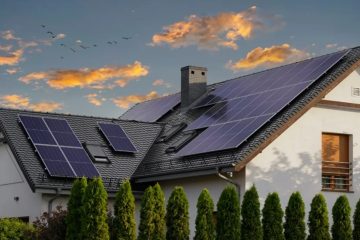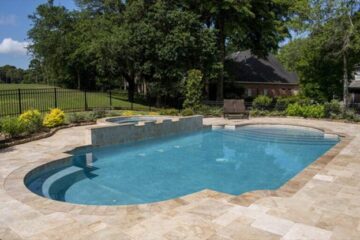Can Spray Foam Insulation Help Me Save On Hydro Bills?

Spray foam by insulation services is an excellent energy saver because it seals every crack and crevice in your home. It offers an excellent air barrier, is remarkably energy-efficient, and helps keep electricity costs to a minimum. Spray foam can reduce energy use by preventing heat or cold from entering the thermal envelope. It effectively blocks moisture. Through cracks and holes discovered in walls and crawl areas, more than simply air may enter.
How does insulation made of spray foam work?
It is regarded as a liquid, two-part insulation material that can be applied anywhere in the airlock and provides insulation. These two liquids are moved through the heated tube and combined to create foam when they reach the sprayer. As the foam expands, the hollow space is filled in seconds.
How can spray foam insulation help save energy bills
The quantity of heat transported via surfaces like walls, attic insulation, ducts, and roofs is reduced by insulation. Properly-insulated home requires less energy to heat and cool because less warm air escapes in the winter and less cool air in summer. By improving the insulation in older buildings, you might reduce your yearly heating and cooling bills by up to 20%.
The heating, and air conditioning system in your home significantly impacts your power expenses and energy usage. Spray foam coating is a cost-effective product that significantly lowers air loss and stops energy egress.
To conserve electricity, the HVAC system in your home can be kept in peak condition. Spray foam insulation’s high R-value and efficiency could help to lessen the load on your HVAC system. Spray foam makes it possible to reduce the size of HVAC systems by up to 35% without compromising comfort or effectiveness.
Newer or well-insulated homes with spray insulation will experience a 10-15% reduction in heating and cooling expenditures compared to older homes with little to no insulation or homes with fiberglass batt insulation.
Homes with brick walls built before 1990 will see a 15–25% reduction in heating and cooling costs when spray foam is applied to walls with more than two hours of direct sunlight.
Because spray foam is versatile, it can fill small openings and cracks in interior and exterior walls, crawl spaces, attics, and wall cavities. Products made of spray foam help reduce energy consumption, restrict the entry of allergens and pollutants, and improve indoor comfort by reducing air infiltration and airflow throughout the home.
There you have it! Remember to reach out to insulation services before making key decisions on spray-foam insulation.











